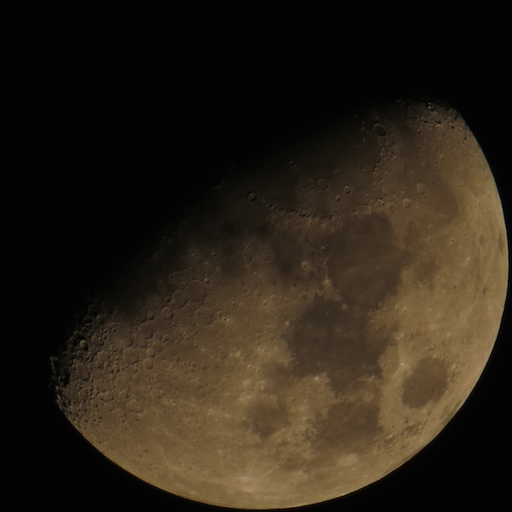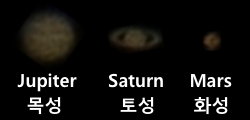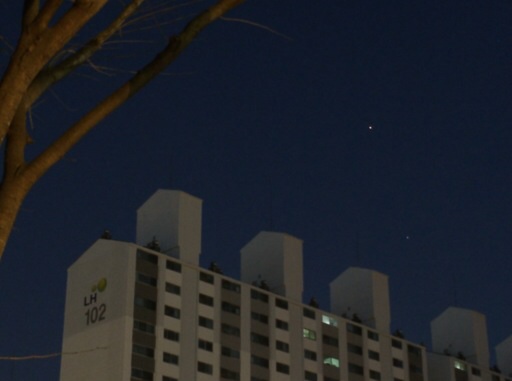ISS just before "Live from Space"
Posted by Wesley on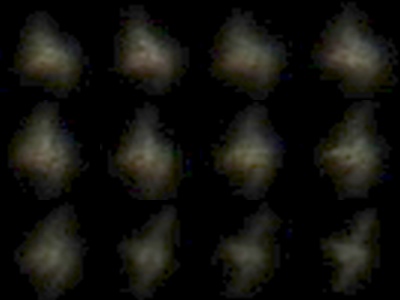
12 photos of ISS making a pass
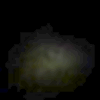
ISS pass animated
Interesting thing about the photos this time is that ISS was making a slanted pass, so the angle of view changed noticeably in the 2-minute time span. The solar panels were initially facing almost directly, but it was facing sideways towards the end.
Device: Canon SX50 HS
Settings: 1200mm (3x enlarged) - ISO 80 - 1/320s - f/6.5
Filters: None
Time: 2014-03-15 05:43 - 05:44 KST
Location: Suwon, Korea
